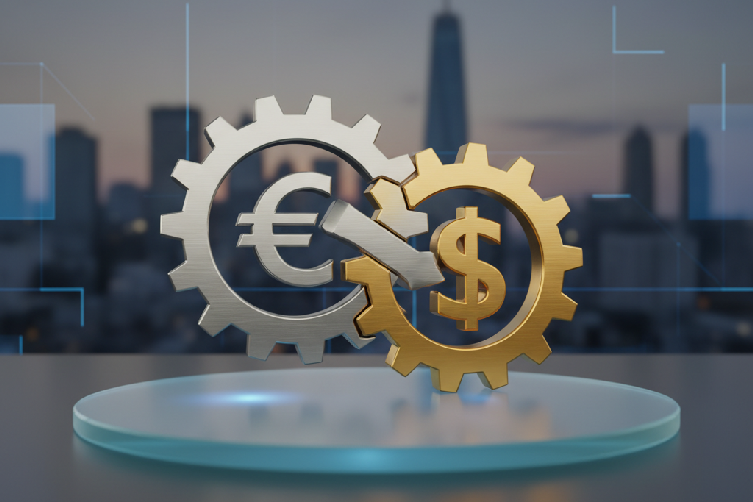A Trader’s Guide to Forex Currency Pairs

Welcome to the world of forex trading! At its core, every transaction you make is built on one simple concept: the currency pair. Think of these pairs as the fundamental building blocks of the entire foreign exchange market.
Forex trading involves buying one currency while simultaneously selling another. This is always done through pairs. For example, if you see the pair EUR/USD, it means you’re looking at the relationship between the Euro (the base currency) and the US Dollar (the quote currency).
If the EUR/USD is quoted at 1.20, it simply means that one Euro is worth 1.20 US Dollars. Understanding this dynamic is your first step toward mastering the market.
Why Currency Pairs Are So Important
Unlike other financial markets where you might buy a single stock, forex is all about the dual-action of buying one currency and selling another. The price of any currency pair is a live reflection of the market’s opinion on the economic health and stability of the two countries involved.
As a trader, your job is to analyze these economic factors to predict which way the price might move. To do this effectively, you need to understand two key characteristics of any pair:
- Liquidity: How easily can the pair be bought or sold without causing a major price swing? High liquidity is often preferred.
- Volatility: How frequently and dramatically does the price move? High volatility can mean bigger profit potential, but also higher risk.
The 3 Main Types of Currency Pairs
To make smart trading decisions, you need to know the three main categories of currency pairs. Each one has unique traits that appeal to different trading styles and risk appetites.

Let’s break down what makes each type unique.
Major Currency Pairs
The major pairs are the titans of the forex market. They involve the US Dollar paired with currencies from the world’s largest and most stable economies. Their main appeal lies in their incredibly high liquidity, which means they are easy to trade and typically have tighter spreads (lower transaction costs).
Because they represent stable economies, major pairs tend to have lower volatility, making them a popular choice for both new and experienced traders who prefer more predictable movements. Since they are the most-watched pairs, you’ll find an abundance of analysis and news to help inform your trades.
Minor Currency Pairs (Crosses)
Minor pairs, also known as “crosses,” are currency pairs that feature major global currencies but exclude the US Dollar. Examples include EUR/GBP or AUD/JPY. These pairs open up a new range of trading opportunities beyond the majors.
Crosses often exhibit higher volatility than the majors, which can create opportunities for significant profit. However, this comes with a trade-off: they usually have lower liquidity and wider spreads, making them slightly riskier and more expensive to trade.
Exotic Currency Pairs
Exotic pairs are the most adventurous choice. They consist of one major currency paired with a currency from a developing or emerging market, such as the Turkish Lira (TRY) or the Mexican Peso (MXN).
These pairs are known for their high volatility and lower liquidity. This combination can lead to substantial profits if you predict the market correctly, but it also carries a much higher level of risk. Trading exotics requires a deep understanding of the specific economic and political factors that can cause rapid price swings in the emerging market’s currency.
Choosing the Right Pair for Your Strategy
Understanding these different types of currency pairs is essential for aligning your trades with your personal style and risk tolerance. If you’re a cautious trader looking for steady, low-risk opportunities, the major pairs are likely your best bet.
On the other hand, if you have a higher risk appetite and are seeking bigger potential rewards, you might explore minor or even exotic pairs. By familiarizing yourself with the unique characteristics of each category, you can build a more effective trading strategy and manage your risk more efficiently, ultimately improving your chances of success in the forex market.









